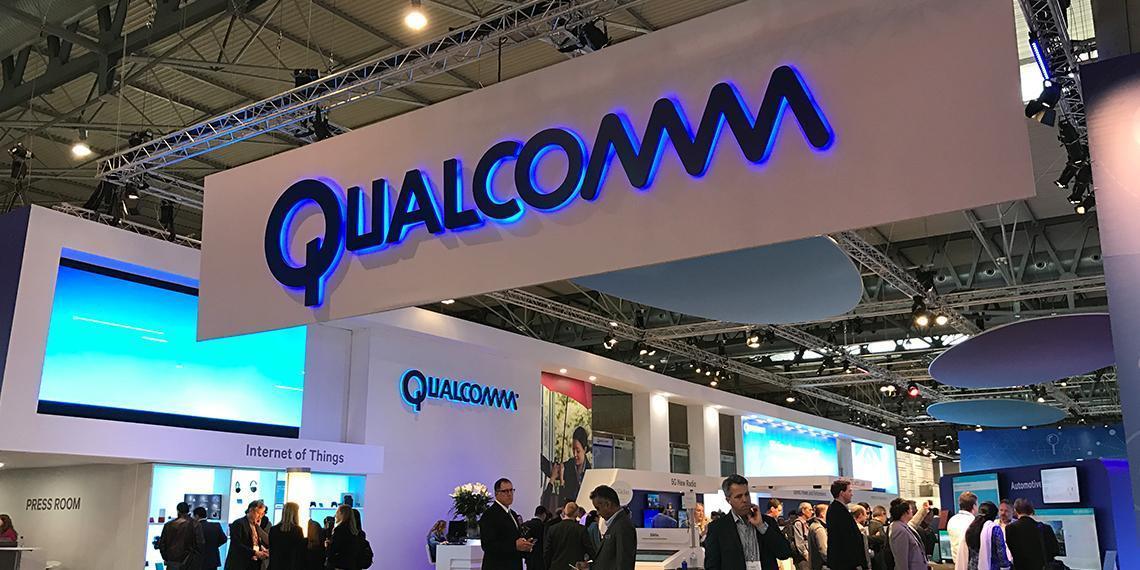Qualcomm Technologies, Inc., a subsidiary of Qualcomm Incorporated announced the company's first successful 5G connection based upon the New Radio (NR) work in 3GPP, which is expected to become the global 5G standard. The connection, which was completed utilizing Qualcomm Technologies' sub-6 GHz 5G NR prototype system capable of operating at mid-band spectrum from 3.3 GHz to 5.0 GHz, demonstrates how advanced 5G NR technologies can be utilized to efficiently achieve multi-gigabit-per-second data rates at significantly lower latency than today's 4G LTE networks. The successful connection serves as a significant milestone towards rapid validation and the upcoming commercialization of 5G NR technologies at scale.
5G NR will make the best use of a wide range of spectrum bands, and utilizing spectrum bands below 6 GHz is critical for achieving ubiquitous coverage and capacity to address the large number of envisioned 5G use cases. Qualcomm Technologies' sub-6 GHz 5G NR prototype, which was announced and first showcased in June 2016, consists of both base stations and user equipment (UE) and serves as a testbed for verifying 5G NR capabilities in bands below 6 GHz. The live prototype demonstration showcased advanced 3GPP 5G NR technologies including adaptive self-contained TDD subframes, scalable OFDM-based waveforms to support wider bandwidths, advanced LDPC channel coding, and a new flexible, low-latency slot structure based design. These advanced technologies are based on key design decisions that have been made as part of the ongoing 5G NR 3GPP Study Item and will be critical to meeting the increasing connectivity requirements for emerging consumer mobile broadband experiences such as virtual reality, augmented reality and connected cloud computing.
Qualcomm Technologies' 5G NR sub-6 GHz prototype system is built to closely track the ongoing 3GPP standardization efforts on 5G NR - the global 5G standard that will make use of both sub-6 GHz and mmWave spectrum bands. The prototype will also be utilized in over-the-air 5G NR trials and interoperability testing starting in the second half of 2017. Tracking the 3GPP specification is important because it promotes adherence and validation with the global 5G standard, accelerating the time to high volume standard-compliant devices and infrastructure. It will also drive forward compatibility to future 3GPP 5G NR releases.










